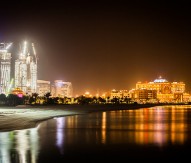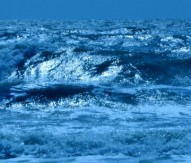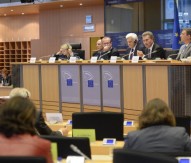
EU project makes first ‘solar’ kerosene
A research project called SOLAR-JET, funded by FP7, has produced the world’s first ‘solar’ jet fuel from water and CO2.
The researchers have for the first time successfully demonstrated the entire production chain for renewable kerosene, using concentrated light as a high temperature energy source. The project is still at the experimental stage, with a glassful of jet fuel produced in laboratory conditions using simulated sunlight. However, the results give hope that in future any liquid hydrocarbon fuels could be produced from sunlight, CO2, and water.
European Commissioner for Research, Innovation, and Science Máire Geoghegan-Quinn said: “This technology means we might one day produce cleaner and plentiful fuel for planes, cars and other forms of transport. This could greatly increase energy security and turn one of the main greenhouse gases responsible for global warming into a useful resource.”
In the first step, concentrated light – simulating sunlight – was used to convert carbon dioxide and water to synthesis gas (syngas) in a high-temperature solar reactor containing metal oxide based materials developed at Eidgenössische Technische Hochschule Zürich, Switzerland. The syngas (a mixture of hydrogen and carbon monoxide) was then converted into kerosene using the established Fischer-Tropsch process.
Although producing syngas through concentrated solar radiation is still at an early stage of development, the processing of syngas to kerosene is already being deployed by companies on a global scale. Combining the two approaches has the potential to provide secure, sustainable, and scalable supplies of aviation fuel as well as diesel and gasoline or even plastics.
Fischer-Tropsch derived fuels are already certified and can be used by existing vehicles and aircraft without modifications of their engines or of fuel infrastructure.




